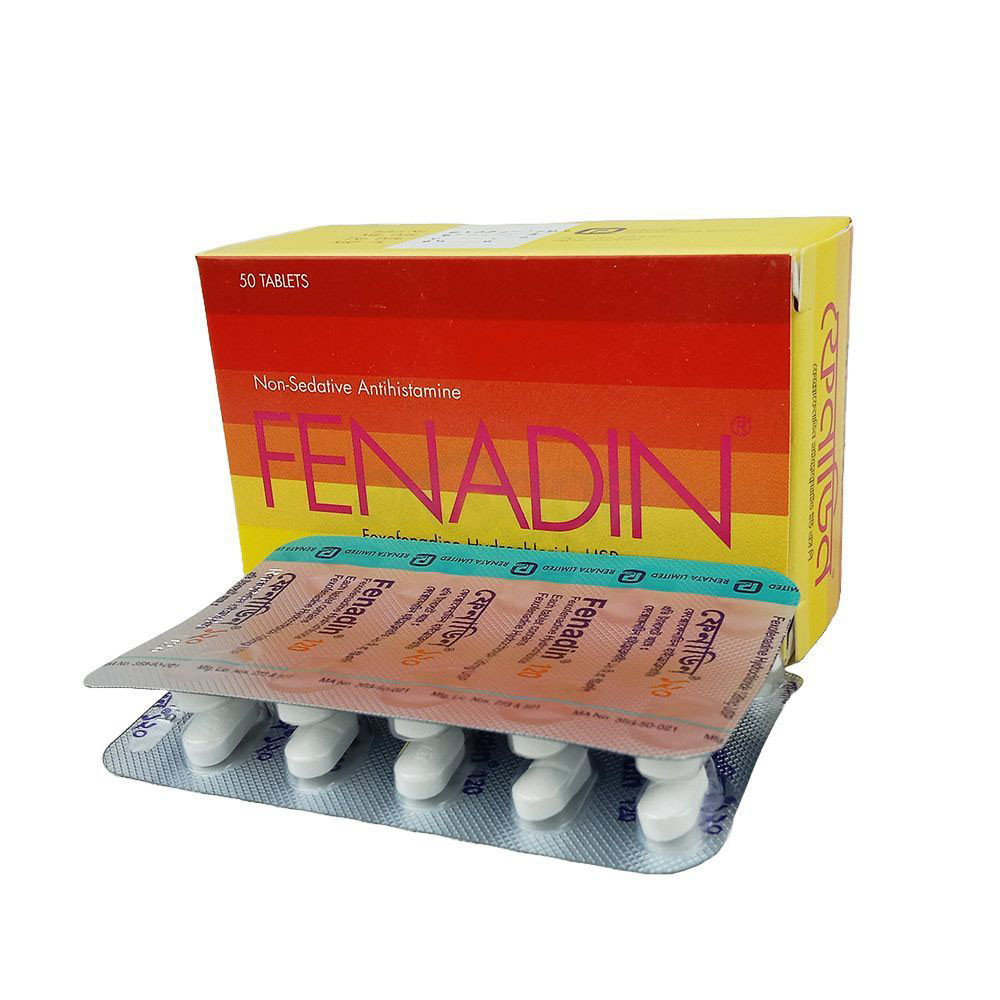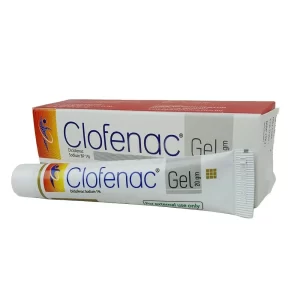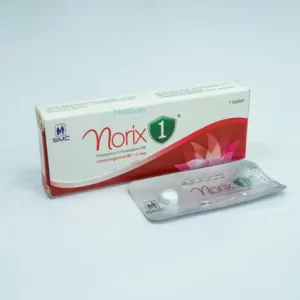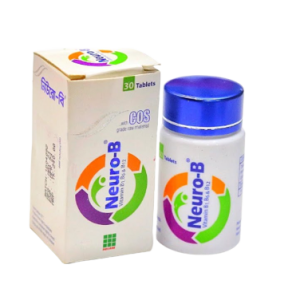Indications:
Allergic rhinitis: Fenadin is indicated for the relief of symptoms associated with seasonal and perennial allergic rhinitis, in adults and children 12 years of age and over. Symptoms treated effectively include sneezing, rhinorrhea, lacrimation, itchy, red eyes and itchy nose/palate/throat. Fenadin improves health-related quality of life and work/activity productivity.
Chronic idiopathic urticaria: Fenadin is indicated for the relief of symptoms associated with chronic idiopathic urticaria in adults and children 12 years of age and older. Fenadin significantly reduces the signs and symptoms of chronic idiopathic urticaria, the number of wheals, and pruritus. Fenadin improves health-related quality of life and work/activity productivity.
Dosage & Administration
Allergic Rhinitis-
Adults and children 12 years and older:
- Tablet: 60 mg twice daily or 120 mg once daily or 180 mg once daily
- In case of impaired renal function: 60 mg once daily
Children from 6 to 11 years:
- Tablet: 30 mg twice daily or 60 mg once daily
- In case of impaired renal function: 30 mg once daily
Children from 2 to 11 years
- Suspension: 30 mg or 5 ml twice daily
- In case of impaired renal function: 30 mg or 5 ml once daily
Chronic Idiopathic Urticaria-
Adults and children 12 years and older:
- Tablet: 60 mg twice daily or 120 mg once daily or 180 mg once daily
- In case of impaired renal function: 60 mg once daily
Children from 6 to 11 years:
- Tablet: 30 mg twice daily or 60 mg once daily
- In case of impaired renal function: 30 mg once daily
Children from 6 months to less than 2 years:
- Suspension: 15 mg or 2.5 ml (1/2 tsp) twice daily
- In case of impaired renal function: 15 mg or 2.5 ml (1/2 tsp) once daily
Children from 2 to 11 years:
- Suspension: 30 mg or 5 ml (1 tsp) twice daily
- In case of impaired renal function: 30 mg or 5 ml (1 tsp) once daily
Interaction
Fenadin does not undergo hepatic biotransformation and therefore will not interact with other medicinal products through hepatic mechanisms. Coadministration of Fenadin with erythromycin or ketoconazole has been found to result in a 2-3 times increase in the level of fexofenadine in plasma. The changes were not accompanied by any effects on the QT interval and were not associated with any increase in adverse reactions compared to the medicinal products given singly. No interaction between fexofenadine and omeprazole was observed. However, the administration of an antacid containing aluminium and magnesium hydroxide gels 15 minutes prior to Fenadin caused a reduction in bioavailability, most likely due to binding in the gastrointestinal tract. It is advisable to leave 2 hours between administration of Fenadin and aluminium and magnesium hydroxide containing antacids.
Side Effects
The following frequency rating has been used, when applicable: Very common ≥1/10; Common ≥1/100 and <1/10; Uncommon ≥1/1,000 and <1/100; Rare ≥1/10,000 and <1/1,000; Very rare <1/10,000 and not known (frequency cannot be estimated from the available data). Within each frequency grouping, undesirable effects are presented in order of decreasing seriousness. In adults, the following undesirable effects have been reported in clinical trials, with an incidence similar to that observed with placebo: Nervous system disorders- Common: headache, drowsiness, dizziness; Gastrointestinal disorders- Common: nausea; General disorders and administration site conditions- Uncommon: fatigue. In adults, the following undesirable effects have been reported in post-marketing surveillance. The frequency with which they occur is not known (cannot be estimated from available data): Immune system disorders- hypersensitivity reactions with manifestations such as angioedema, chest tightness, dyspnoea, flushing and systemic anaphylaxis; Psychiatric disorders- insomnia, nervousness, sleep disorders or nightmares/excessive dreaming (paroniria); Cardiac disorders- tachycardia, palpitations; Gastrointestinal disorders- diarrhea; Skin and subcutaneous tissue disorders- rash, urticaria, pruritus






Reviews
There are no reviews yet.